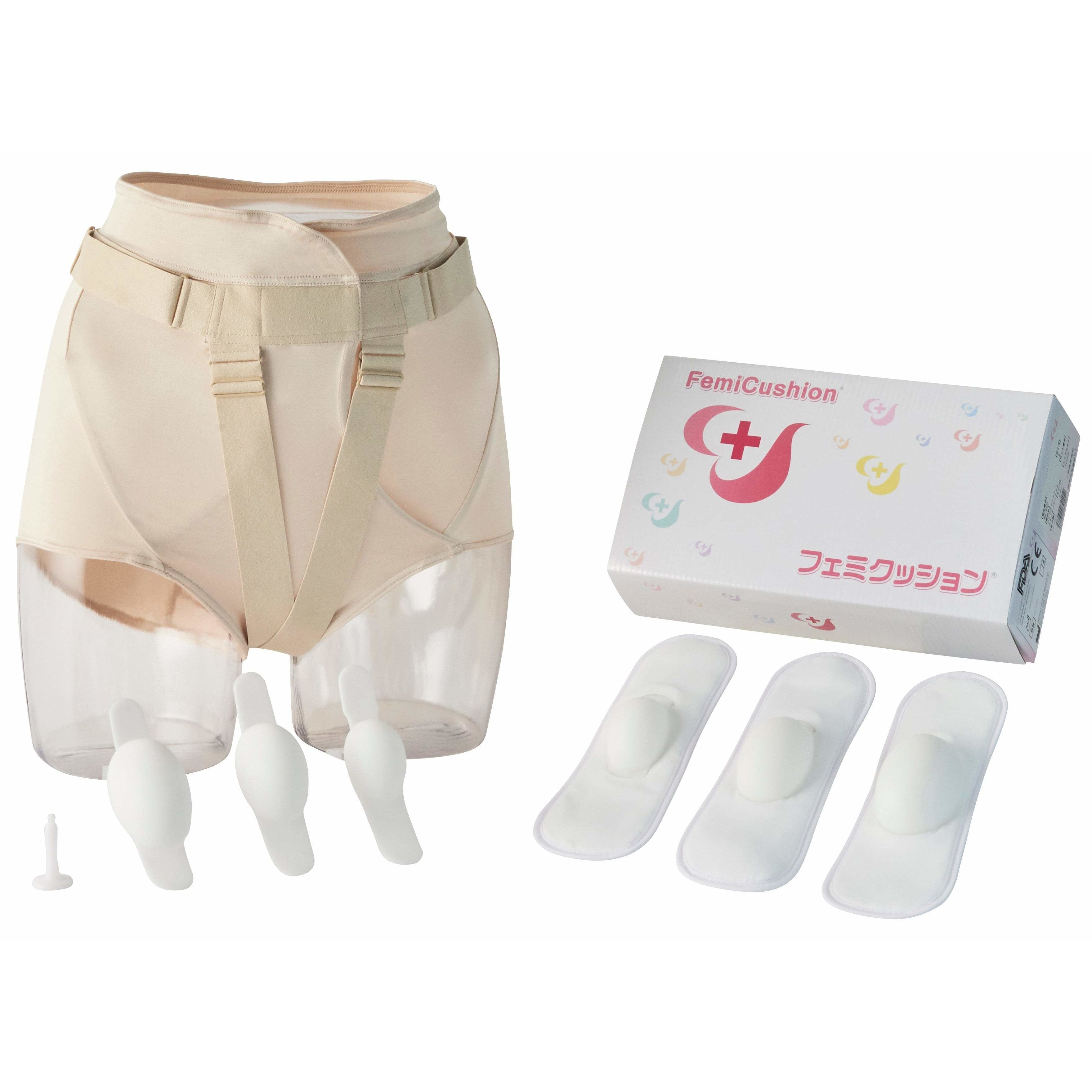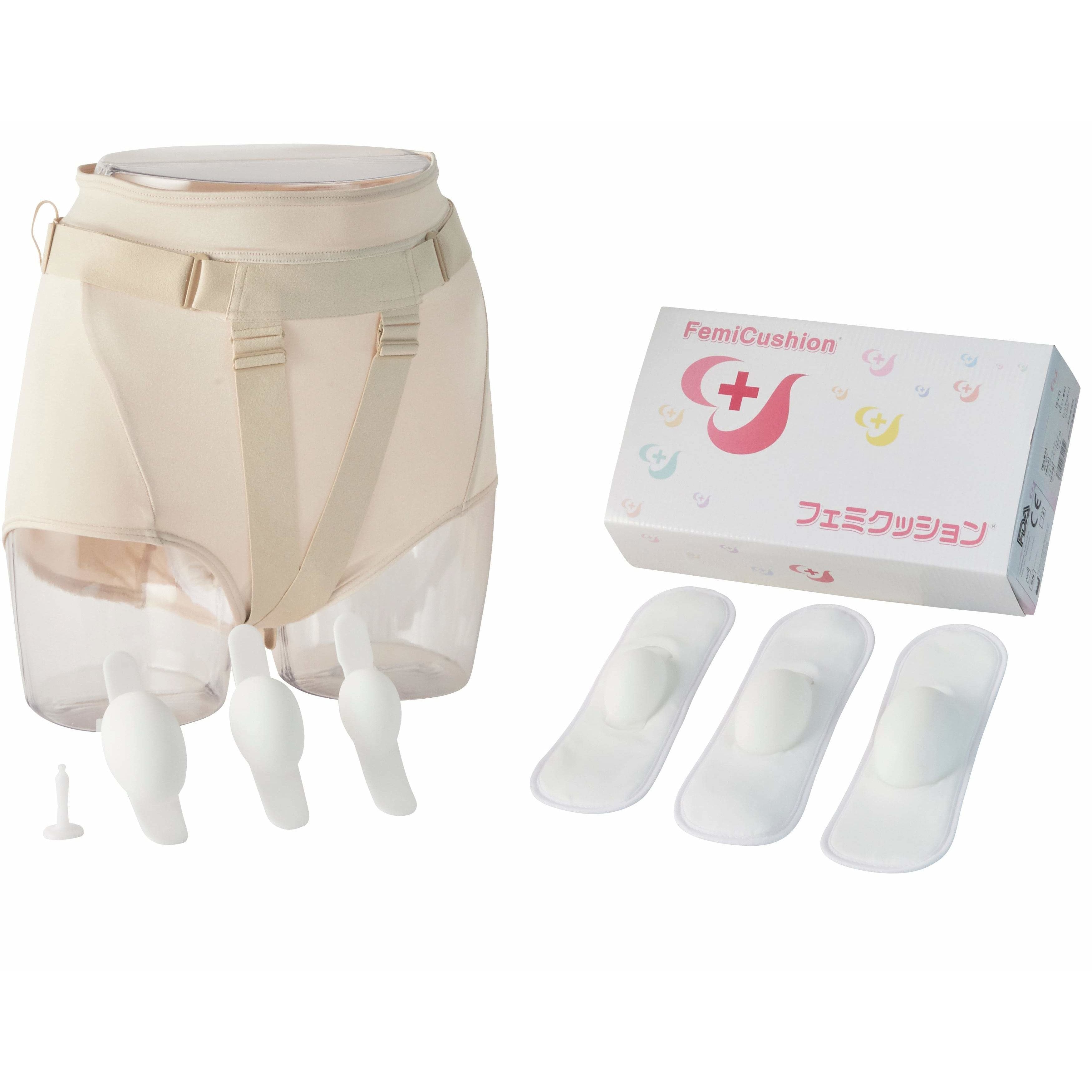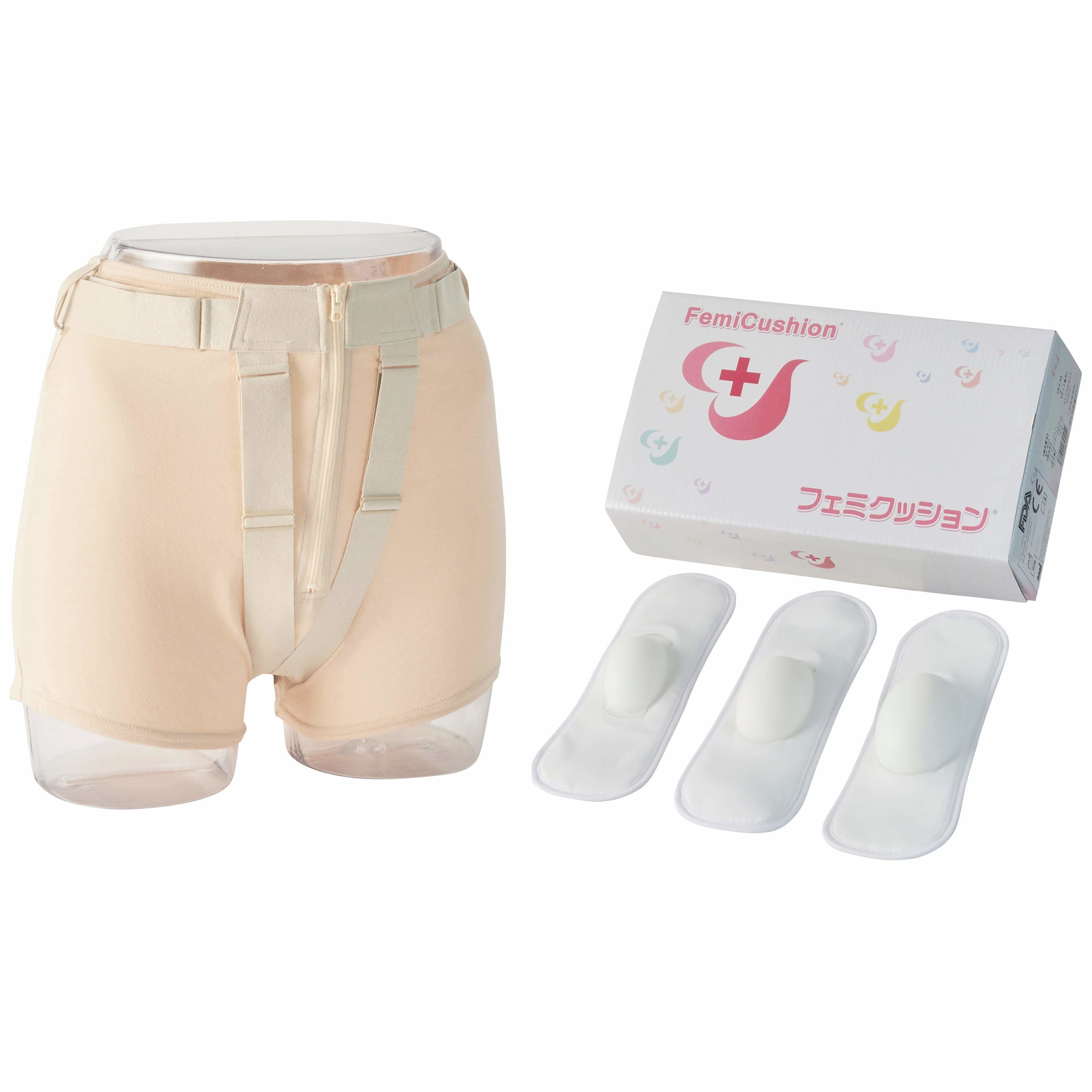Hormone Replacement Therapy (HRT) Post-Hysterectomy
Summary
Table of Contents

As women get older, they stop producing some hormones. Women who go through a hysterectomy may also lose the ability to produce these hormones. Changes in hormone levels can cause side effects like hot flashes or vaginal dryness. Most women are familiar with them as the effects of menopause. Hormone replacement therapy is a popular treatment to help manage them. With this information and assistance from your doctor, you can determine whether HRT post-hysterectomy is appropriate for you.
What Is HRT?
HRT is a treatment plan that uses hormones to control certain conditions or symptoms related to a lack of those hormones. During menopause, the body stops producing hormones like estrogen. In the years prior to menopause, your body may decrease the production of these hormones. If you have had a hysterectomy that includes the removal of the ovaries, your body may stop producing certain hormones as a result of the procedure.
With HRT, patients take hormones as a pill, patch, gel or other method as a way to increase the levels of those hormones. The format used depends on the symptoms that the patient has, plus a few other factors. HRT is typically used in addition to other treatments, like physical therapy or surgery.
How Does Menopause Affect Pelvic Floor Conditions?
Going through menopause can make women more likely to suffer from pelvic floor conditions. These conditions relate to the muscles and organs of the pelvic floor, like the bladder or uterus. The loss of estrogen can cause tissue to get thinner, which makes it harder to keep the organs in place. This decrease in tissue strength increases the likelihood of a prolapse, which means that the organ starts to drop and bulge into the vagina. Pelvic organ prolapse can cause a variety of symptoms, including:
- Chronic pain
- Pain during sex
- Urinary frequency
- Incontinence
HRT is a common method of treatment for symptoms related to menopause. Although HRT may not necessarily resolve a prolapse, it can reduce the likelihood or severity.
What Does HRT Do?
Depending on the dose and format, HRT has the potential to manage the symptoms of menopause and related conditions. For example, increasing the body’s supply of estrogen can decrease uncomfortable night sweats and hot flashes. In some ways, HRT acts to turn back the clock on certain conditions related to age or menopause. Although menopause is commonly associated with hot flashes and mood swings, it also affects bone density and the strength of connective tissue. These effects show how menopause can put women at higher risk of pelvic organ prolapse. Taking HRT can help to prevent the loss of bone density and strengthen the connective tissues that support the pelvic floor.
How Does HRT Work?
In most cases, HRT menopause therapy includes estrogen and progesterone. Doctors may prescribe a larger dose intended to help manage a variety of symptoms throughout the body. They might also limit the dosage to a local area. The treatment comes in a variety of methods, such as:
- Pill
- Patch
- Gel
- Ring
- Cream
Low-dose, local treatments are usually intended to target specific conditions, such as the side effects of surgery or pessary use. The method acts to restrict the body’s absorption of estrogen, so that it centralizes in a limited area. For women who are at higher risk for certain conditions related to systemic HRT, local therapies may help to relieve symptoms while managing that risk.
What Are the Risks of HRT?
Although HRT is a common treatment for the effects of menopause, it has some risks. Patients should evaluate their conditions with a doctor to determine if the benefits can outweigh the risks. HRT can increase the risk of blood clots, breast cancer, stroke and other serious health concerns. In decades of trials and studies, researchers have discovered that these risks are related to the type of hormones used, the dosage and the duration of treatment. As such, it is important to discuss your risks with your doctor and decide if HRT is the right course of action for you.
Life after menopause or a hysterectomy can cause changes to your body, but there are treatments available to help. FemiCushion offers a non-surgical way to manage pelvic organ prolapse. Contact us to learn more about our products.
Supervising Doctor of This Article

Koichi Nagao, MD PhD
Professor, Department of Urology, Toho University Faculty of Medicine
Director of Urinary tract reconstruction center, Toho University Omori Medical Center
Director of Reproduction Center, Toho University Omori Medical Center
Professor Nagao specializes in plastic surgery in the field of reproductive medicine. He completed eight years of plastic surgery training at Showa University before majoring in urology at Toho University. With his meticulous surgical techniques and careful examinations that combines urology and plastic surgery, Professor Nagao became a Board Certified Specialist with multiple associations including the Japanese Urological Association, the Japan Society for Reproductive Medicine, and the Japanese Society for Sexual Medicine.
The suggested Products

Kit FemiCushion EasyOpen Deluxe
$299.99

FemiCushion Standard Deluxe Kit
$299.99

Conjunto de FemiCushion Lite
$249.99
